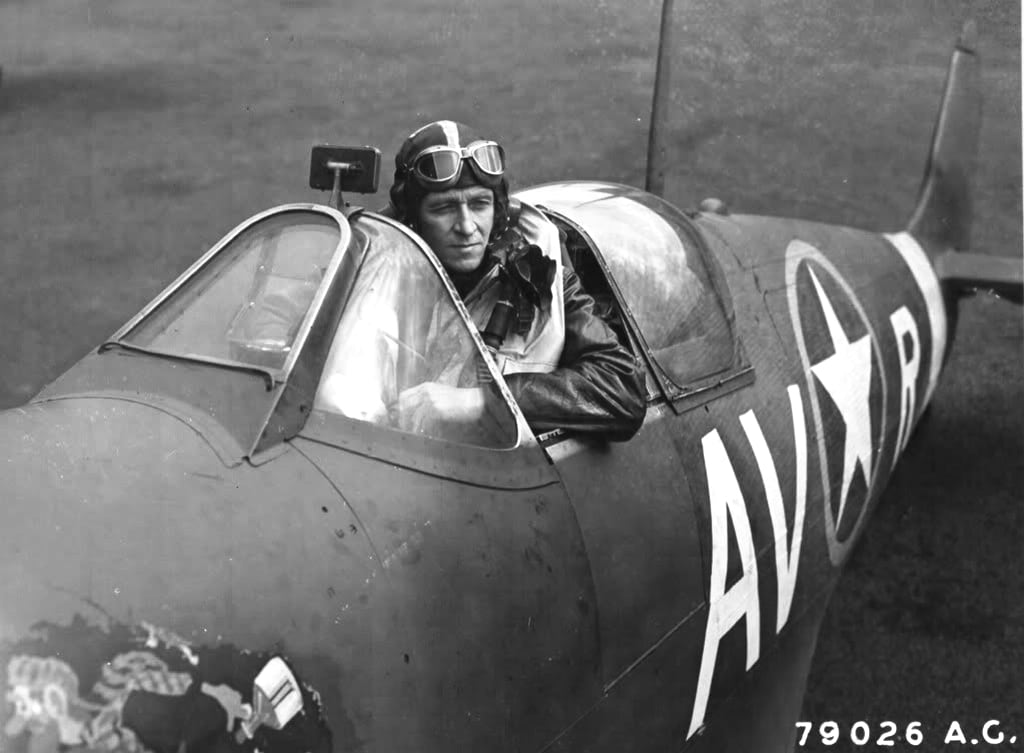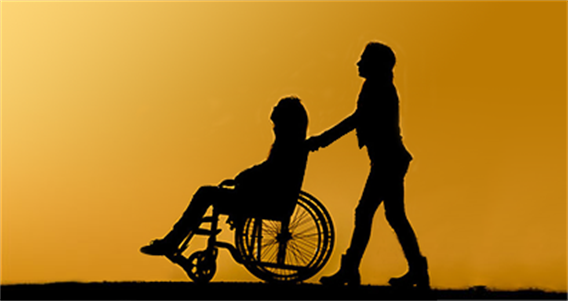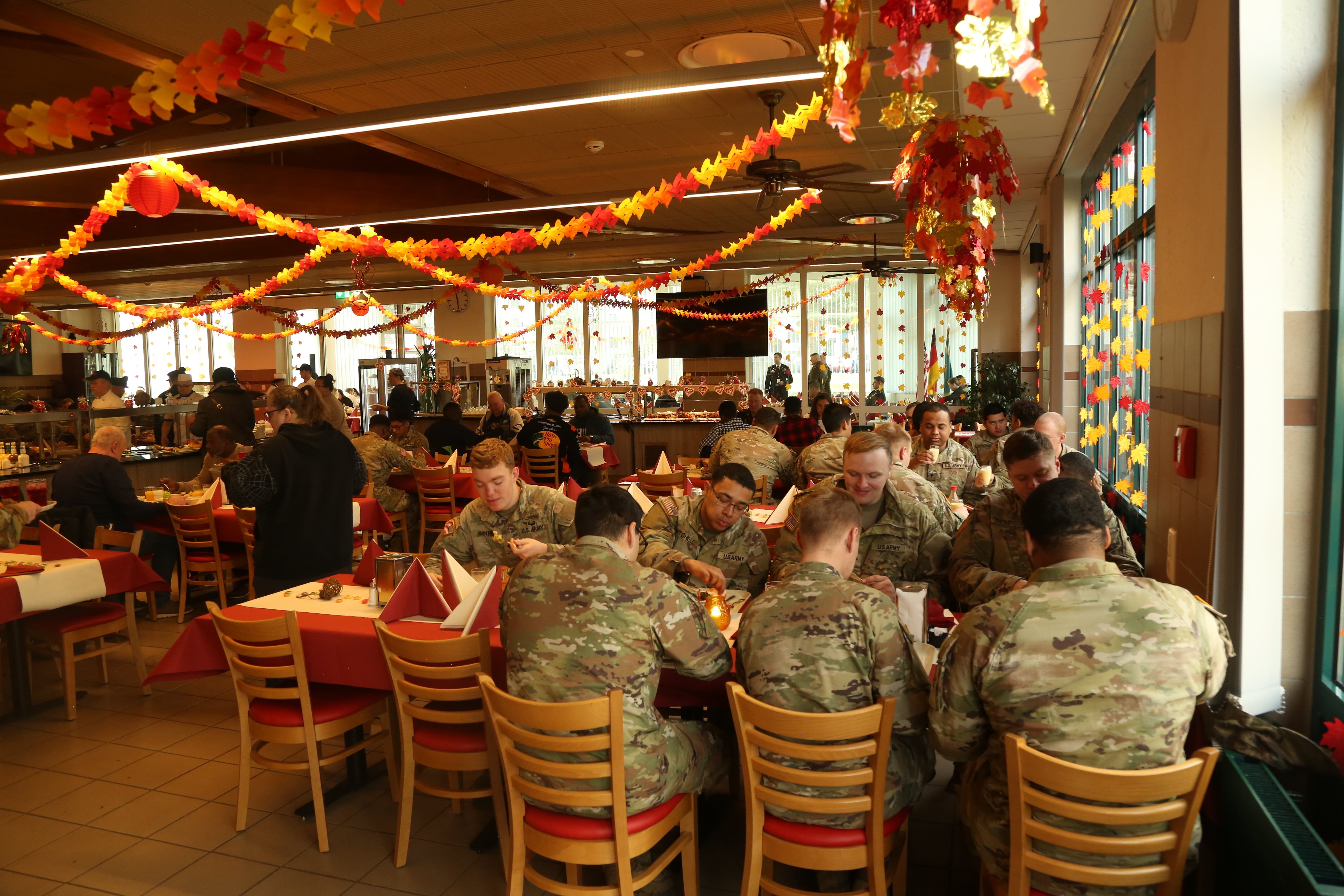It was supposed to be a routine mission.
On April 10, 1944, Maj. Donald K. Willis, flying with the 55th Fighter Squadron, 20th Fighter Group, was tasked with escorting an Allied bombing run on a Nazi aerodrome in Gütersloh, Germany.
What was expected to elicit a few hours of adrenaline, however, stretched into two months on the run.
While piloting his P-38 Lightning home from his mission, one of Willis’ engines was hit by enemy flak. Navigating the sputtering plane, Willis crash landed on the coast of German-occupied Holland — in the middle of a football field … with a match still in progress.
In the chaos, with nearly 500 spectators and players running amok, Willis managed to slip through the crowd and commandeer a fan’s bicycle as well as a long red coat to cover the pilot’s flying jacket and Army-issued green trousers.
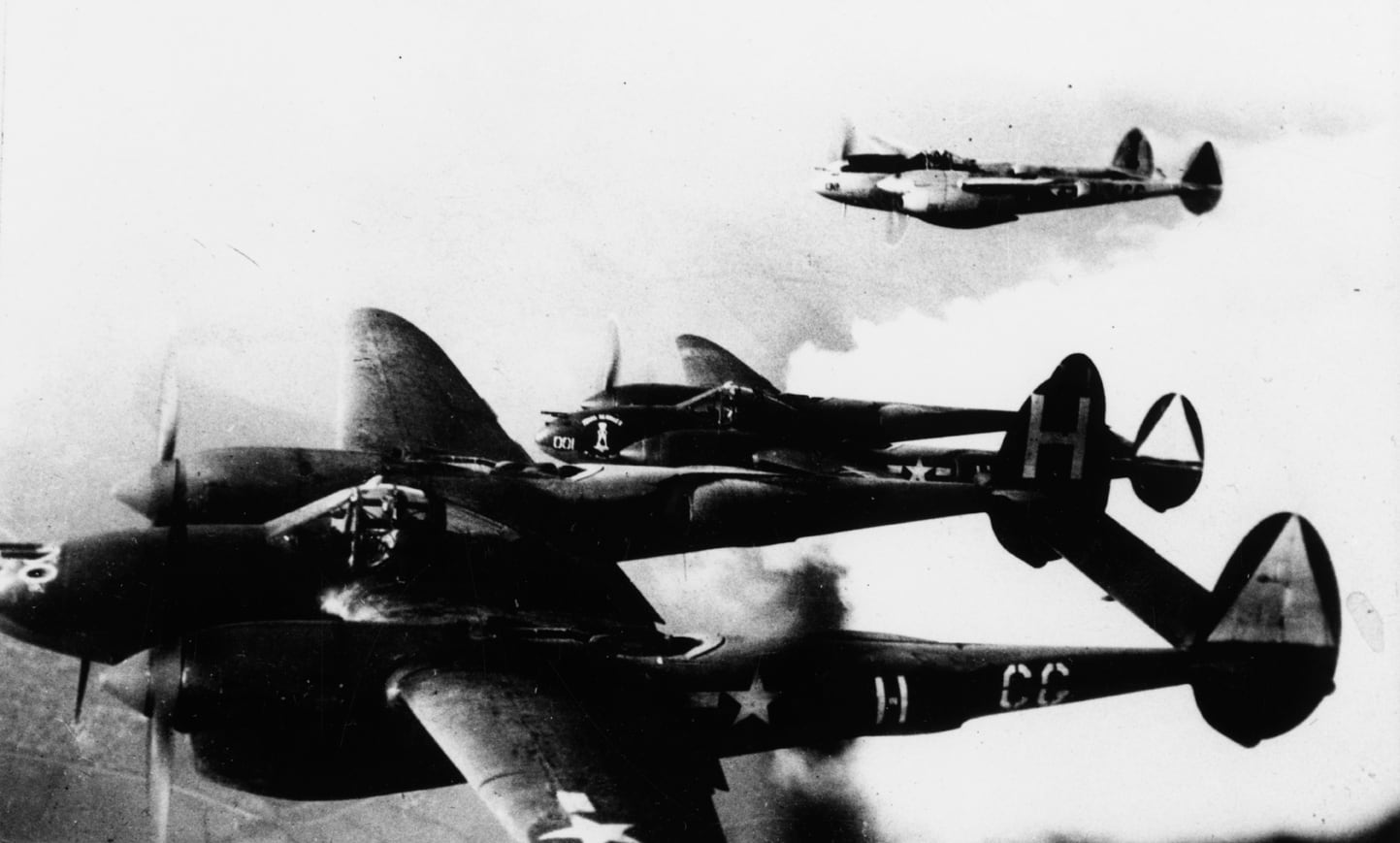
German soldiers, Willis would later write in his Escape and Evasion Report #800, were kept “busy for the first few minutes trying to keep people away from the plane. … I pedalled beside a woman who kept watching me out of the corner of her eye but she never spoke.”
During the course of the Second World War, thousands of U.S. Army Air Forces pilots and crew crashed in Nazi territory and had to evade capture or managed to escape from German POW camps.
Willis’ saga in particular garnered interest from the higher ups within the U.S. Army, with a hand-written postscript attached to his file noting, “This brilliant evasion was made possible by the split second appraisal of the situation and immediate action.”
“It is [commonplace] of evasion that if a man can elude search parties for the first hour or two he is well on his way out,” the note continued. “Major Willis’s intelligent application of orthodox briefings is well worth study.”
An American Pilot in a Haystack
After following the Dutch woman into a small village, Willis silently parted ways down a side street and caught his breath in front of the town’s church.
There, he watched as a car full of Nazi soldiers unloaded in front of the American, with scent dogs bounding into the nearby fields to search.
From a distance Willis followed the path of the Germans before seeking safety in a recently searched barn. The refuge was brief, however, as its owner, a woman toting a baby on her hip, shooed out the American almost immediately but promised that she would not alert the Germans of his presence — unless they came back to question her.
Crawling through a drainage ditch to a field of high grass, Willis hid until nightfall before setting out along the many dikes and fences toward neutral territory.
For several days Willis continued this cadence, dodging German soldiers and once guided by a young Dutch boy, until he approached the outskirts of Antwerp, Belgium.
It was here that Willis’ luck almost ran out.
As he tried to pass around the city he chanced on one direction and hit water. While retracing his steps the pilot mistakenly walked straight into a German anti-aircraft battery.
To Willis’ astonishment, however, the sentry barely glanced. Believing the disheveled red coat-wearing stranger to be a Belgian civilian, the guard motioned for Willis to be on his way.
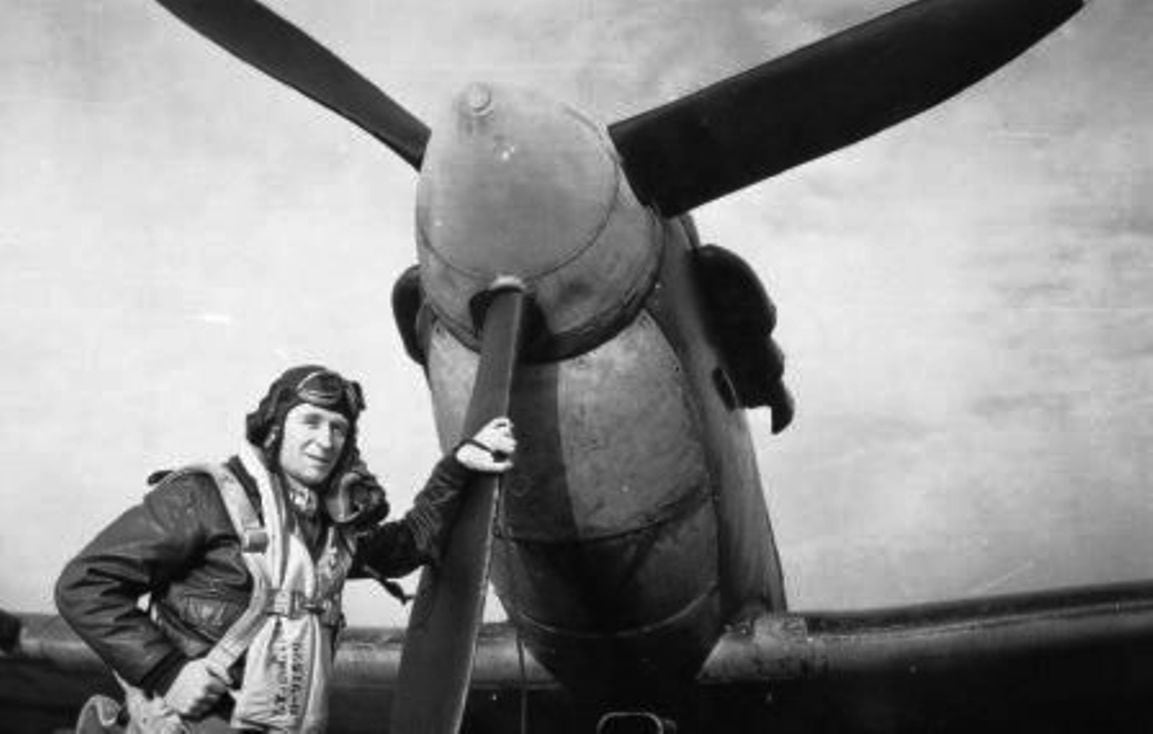
Beer Me, Barkeep
Perhaps it was the days on end sleeping in hay stacks and living off of Army rationed chocolate, but as a fatigued Willis reached the southern end of the city he became intrigued by the sight of a cafe advertising “Bock” beer.
Emboldened, he entered the cafe and said one single word, “Bock.”
“The few people in the cafe paid no attention to me,” Willis later wrote. “But the Belgian who gave me the beer guessed my identity.”
The barkeep gestured Willis into the back room and, without a word, gave the American some eggs and bread.
As Willis was leaving, “the Belgian brushed off some straw that was clinging to the back of my coast and smiled while doing it.”
Continuing on foot, Willis attempted to follow a set of train tracks that would lead him on to Brussels. However, he soon realized they were the wrong tracks.
With a growing sense of desperation Willis stopped at a small train station and tried to buy a ticket to the capital. The porter, surmising that the pilot was no local, gave him food and told him he’d like to help.
Those efforts were quickly dashed when the pair received word that the police had been informed and were on their way. Dashing out of the back of the platform, Willis managed to slip out without being seen and once again set out on the run.
By mid-afternoon that day Willis arrived in the small Belgian town of Boom but was soon stymied by Nazi sentries who controlled the road bridge and were checking the identification papers of civilians and laborers alike.
In his after-action report Willis explained that, after watching the bridge for 24 hours, his “opportunity came when two women stopped to talk to the guards.”
“While their attention was diverted I went up to one of the labor groups and hitched onto the pole they were carrying,” he noted. “The men looked at me but said nothing.”
Yet his safety was far from secured. Upon reaching the other side, Willis discovered that the laborers to whom he had attached himself were being guarded by an armed Nazi.
In a bizarre stroke of luck, a man peddling ice cream provided the distraction Willis needed. As the group converged on the seller, Willis managed to slip off while the guard had his back turned.
That afternoon, Willis’ second-chance encounter while attempting to purchase another beer happened to be more fortuitous. Followed out of the cafe, Willis was approached by a man who offered to arrange for his travels to Brussels and a guide to help him safely into Spain.
Buried within Willis’ escape and evasion account, meanwhile, is the tale of another soldier who may have escaped the clutches of the Nazis, according to the National Archives.
“During my evasion while I was living in a large Belgian city I watched a … B-17 catch fire and leave formation," Willis recalled. “Soon after that several parachutes opened above the city and one floated down into the section of town where I was. I had a good view of it and watched this parachutist land in the walled-in garden of a house.
“Just as he touched the ground a German motorcyclist stopped in front of the house and ran around to clamber over the garden wall at the back. When the German got into the garden the American burst through the front door of the house and hopped on the German’s motorcycle and tore off down the street blowing his horn as loud as he could and cheered on by the Belgian people.”
Willis’ after-action report ends with the pilot regretfully stating that he never “learned how he made out, nor did I find out who he was.”
On June 5, 1944, Willis arrived safely in neutral Spain. He was reunited with his squadron in England on June 28, over two months after being shot down.
Willis survived the war and remained with the Air Force until 1953, receiving a Distinguished Flying Cross, an Air Medal with oak leaf cluster and a World War II Victory Medal.
Claire Barrett is the Strategic Operations Editor for Sightline Media and a World War II researcher with an unparalleled affinity for Sir Winston Churchill and Michigan football.
